-

Oxalicaciddihydrate CAS:6153-56-6
Oxalic acid dihydrate, represented by the chemical formula H2C2O4·2H2O, is a crystalline solid compound characterized by its high solubility in water. It forms colorless crystals and is commonly found in nature as a component of certain plants and vegetables. In its hydrated form, oxalic acid is widely used in industrial processes, laboratory experiments, and chemical synthesis due to its acidic properties and ability to form salts known as oxalates.
-

PolyethyleneTerephthalate CAS:25038-59-9
Polyethylene terephthalate (PET) is a thermoplastic polymer widely used in the production of plastic bottles, containers, and packaging films. It is derived from the polymerization of terephthalic acid and ethylene glycol. PET is known for its transparency, high tensile strength, and recyclability, making it a popular choice for packaging various products.
-
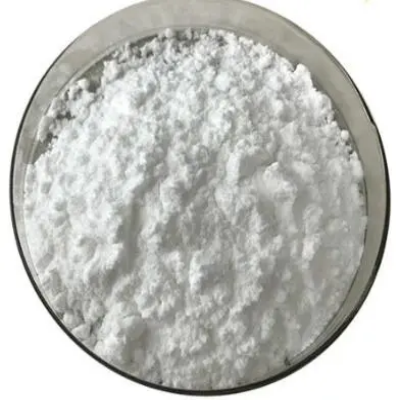
Polyquaternium-7 CAS:26590-05-6
Polyquaternium-7 is a polymer compound widely used in personal care products for its conditioning and film-forming properties. It is commonly employed as an ingredient in shampoos, conditioners, and hair styling products due to its ability to enhance hair manageability, smoothness, and overall appearance.
-
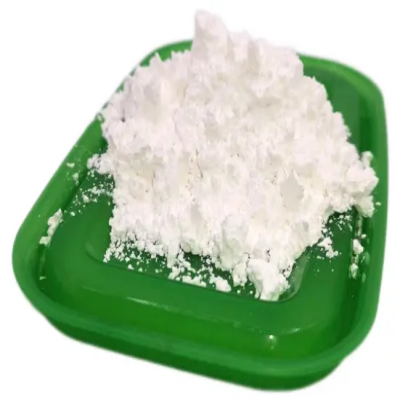
PDMDAAC CAS:26062-79-3
PDMDAAC, or Poly(dimethyl diallyl ammonium chloride), is a polymer compound widely used in water treatment, personal care products, and various industrial applications. It is known for its cationic properties and ability to form stable solutions, making it valuable in a range of fields.
-
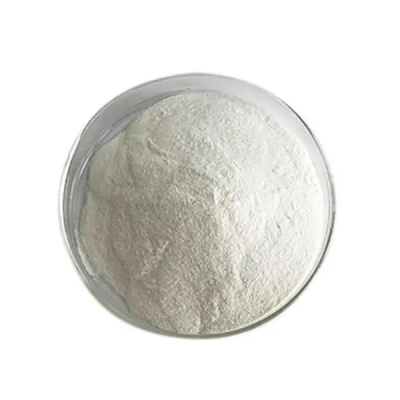
Polypropylene CAS:9003-07-0
Polypropylene is a thermoplastic polymer that is widely used in various industries due to its versatility and cost-effectiveness. It is commonly abbreviated as PP and is known for its high melting point, resistance to moisture, chemicals, and fatigue.
-
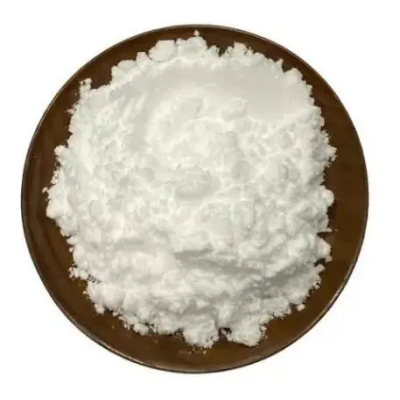
Polyethylene CAS:9002-88-4
Polyethylene is a thermoplastic polymer composed of repeating ethylene units. It is characterized by its high strength, flexibility, and chemical resistance. Polyethylene is produced through the polymerization of ethylene monomers and is available in various forms, including high-density polyethylene (HDPE) and low-density polyethylene (LDPE). It finds extensive use in packaging, construction, automotive, and consumer goods due to its favorable properties and versatility.
-
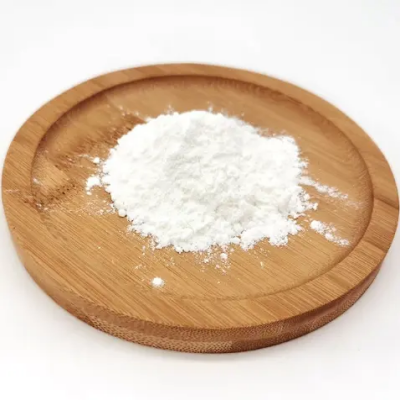
polydimethyldiallylchloride CAS:26062-79-3
Polydimethyldiallylchloride is a polymer compound utilized in various industrial applications, valued for its versatility and chemical properties.
-

Diallyldimethylammoniumchloride CAS:7398-69-8
Diallyldimethylammoniumchloride is a quaternary ammonium compound utilized in various industrial applications for its cationic nature and reactivity.
-
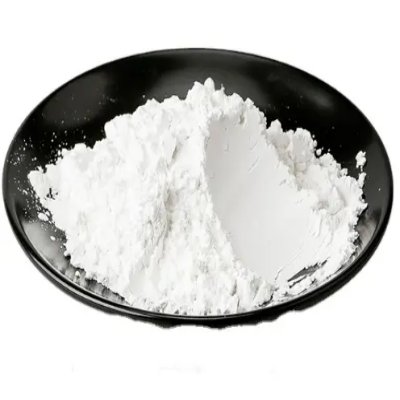
DIALLYLAMINEHYDROCHLORIDE CAS:6147-66-6
Diallylamine Hydrochloride is a chemical compound used in organic synthesis and industrial applications.
-
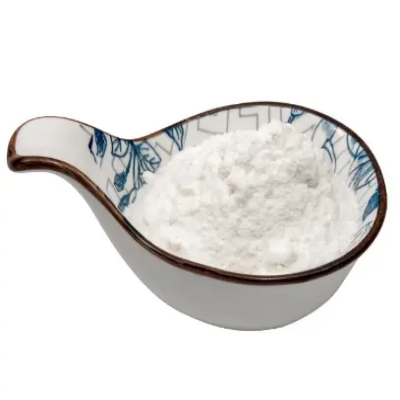
cetonedicarboxylicAcidDiethylEster CAS:105-50-0
Cetonedicarboxylic Acid Diethyl Ester, also known as diethyl 2,2-dimethyl-1,3-dioxane-4,6-dicarboxylate, is a chemical compound with the molecular formula C10H16O6. It is commonly utilized as a reagent in organic synthesis, particularly in the production of pharmaceuticals and specialty chemicals. This compound serves as a valuable building block due to its unique structure and reactivity, enabling the efficient synthesis of complex molecules.
-

Calciumchloride CAS:10043-52-4
Calcium chloride, represented by the chemical formula CaCl2, is a white crystalline compound with high solubility in water. It is produced through the reaction of calcium carbonate or calcium hydroxide with hydrochloric acid. Calcium chloride is widely utilized in industrial processes, medical treatments, and environmental applications due to its hygroscopic nature, ability to lower the freezing point of water, and capacity to absorb moisture from the air.
-

Calciumacetate CAS:62-54-4
Calcium acetate, represented by the chemical formula Ca(CH3COO)2, is a white crystalline compound with high solubility in water. It is produced through the reaction of acetic acid with calcium carbonate or calcium hydroxide. Calcium acetate is utilized in industrial processes, pharmaceutical formulations, and food additives due to its ability to regulate acidity, act as a calcium supplement, and serve as a stabilizer in various products.

